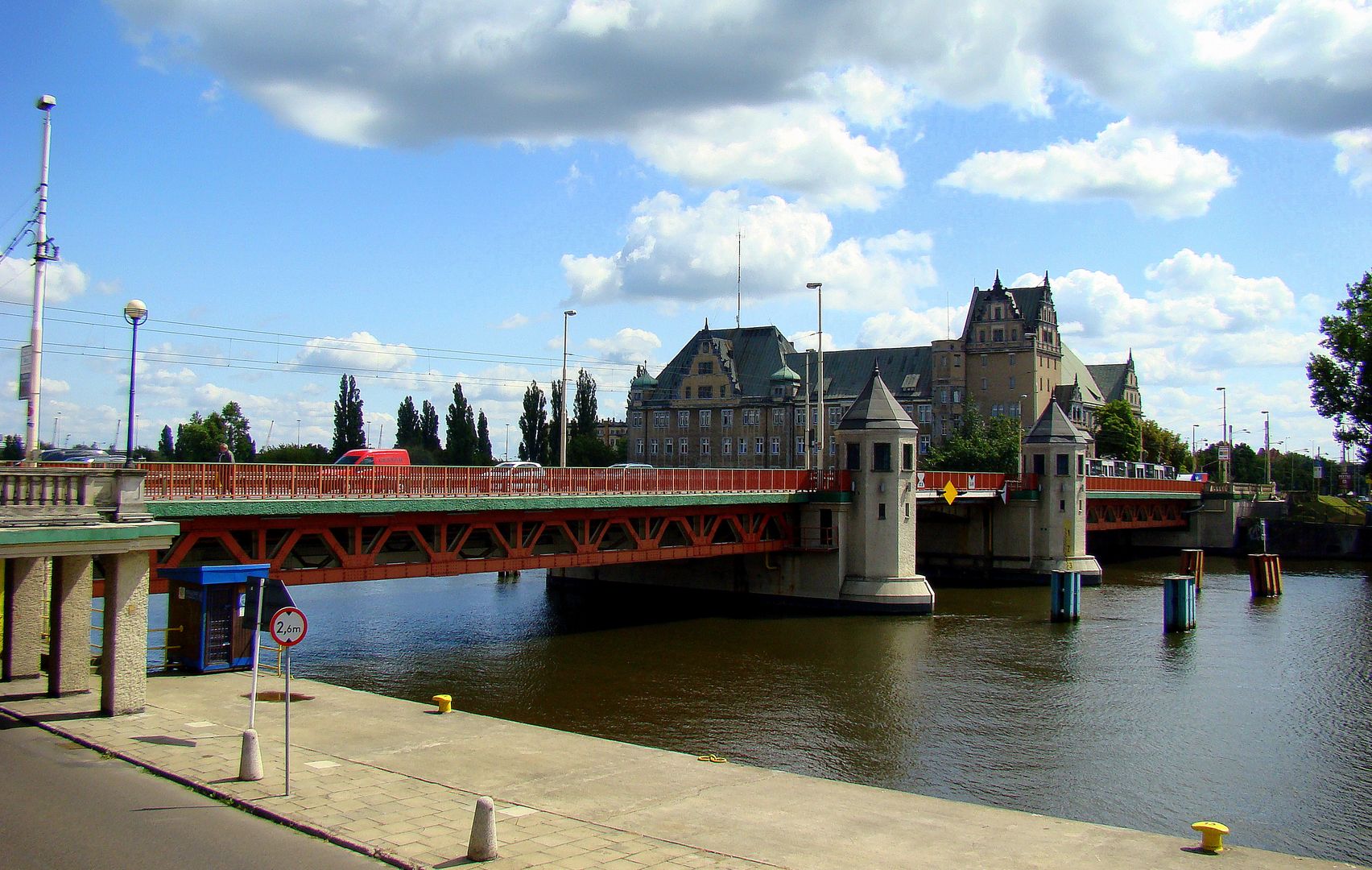Lastadie
6.67

Overview
Łasztownia is a part of Szczecin and a river island that has undergone numerous transformations over the centuries. In the early Middle Ages, it was a small coastal islet that gradually evolved into a strategic crossing point over the swampy Oder River valley. In 1283, the island was acquired by the city and began to be used for port purposes, which contributed to the growth of trade. Over time, warehouses and loading docks were established on Łasztownia, shaping the area's urban layout. The island's name derives from medieval terms related to cargo. By the 14th century, the entire island was already known as Łasztownia, and soon the development extended along the Oder River to adjacent water channels. In the 17th century, earth embankments were constructed, and in the 18th century, the street layout was finally organized. The 19th century saw intensive development in the Art Nouveau style, with numerous tenement houses and industrial buildings. The Customs Office building, which still stands today, was also erected. World War II caused massive destruction, and Łasztownia was almost completely ruined. After the war, reconstruction began, and in the 1960s, Grosse Lastadie Street was modernized and renamed ul. Energetyków. Today, Łasztownia is once again vibrant with cultural life, hosting events such as the Genra Music Festival and theater performances. In 2022, construction began on a new apartment complex, and the waterfront was renamed, showcasing the dynamic development of this historic part of Szczecin. Interestingly, Łasztownia was home to numerous maritime economy institutions and has also attracted artistic activities, promoting culture in the region.
Location
Tickets
Powered by GetYourGuide
You can also find here:
2025 Wizytor | All Rights Reserved
